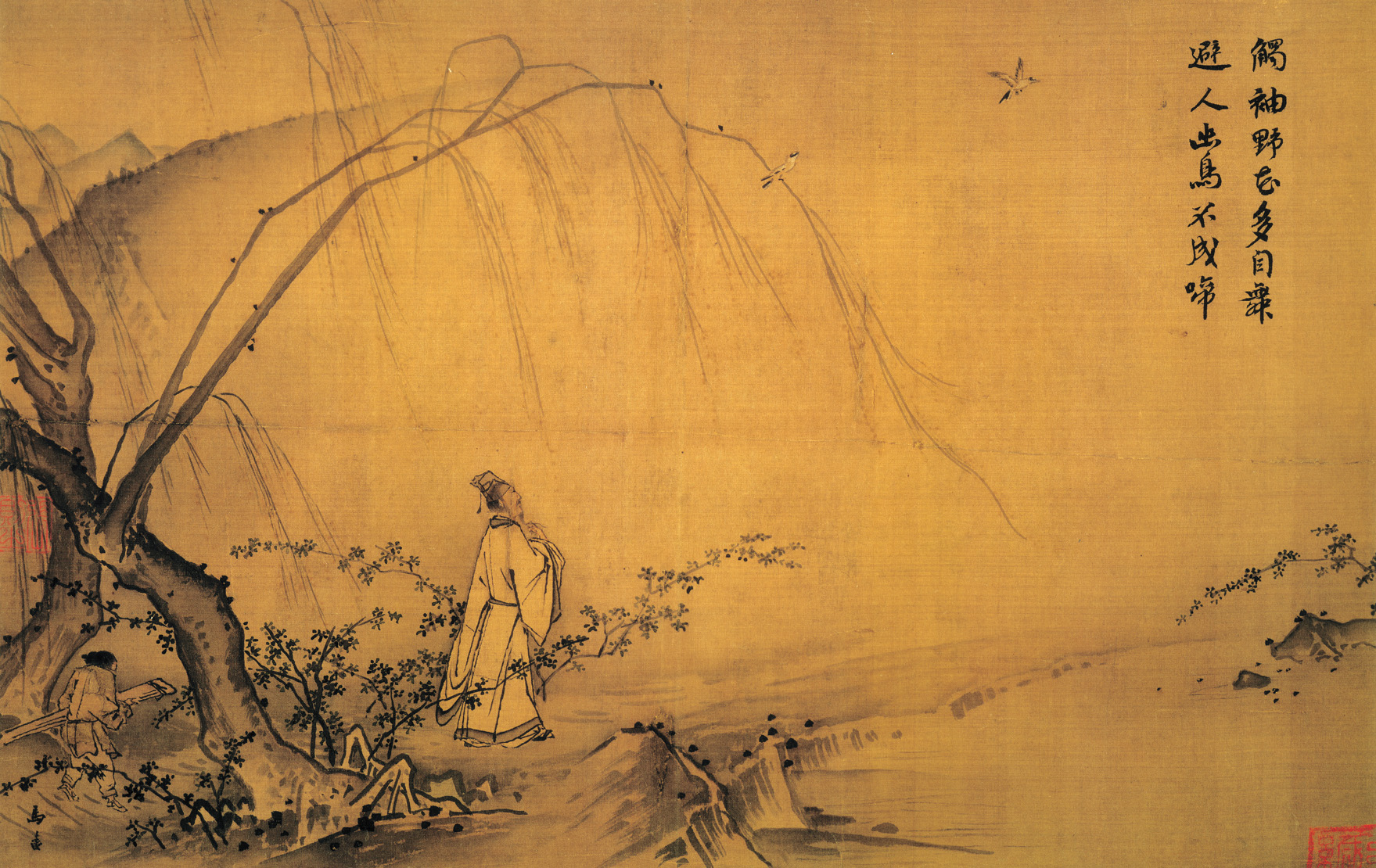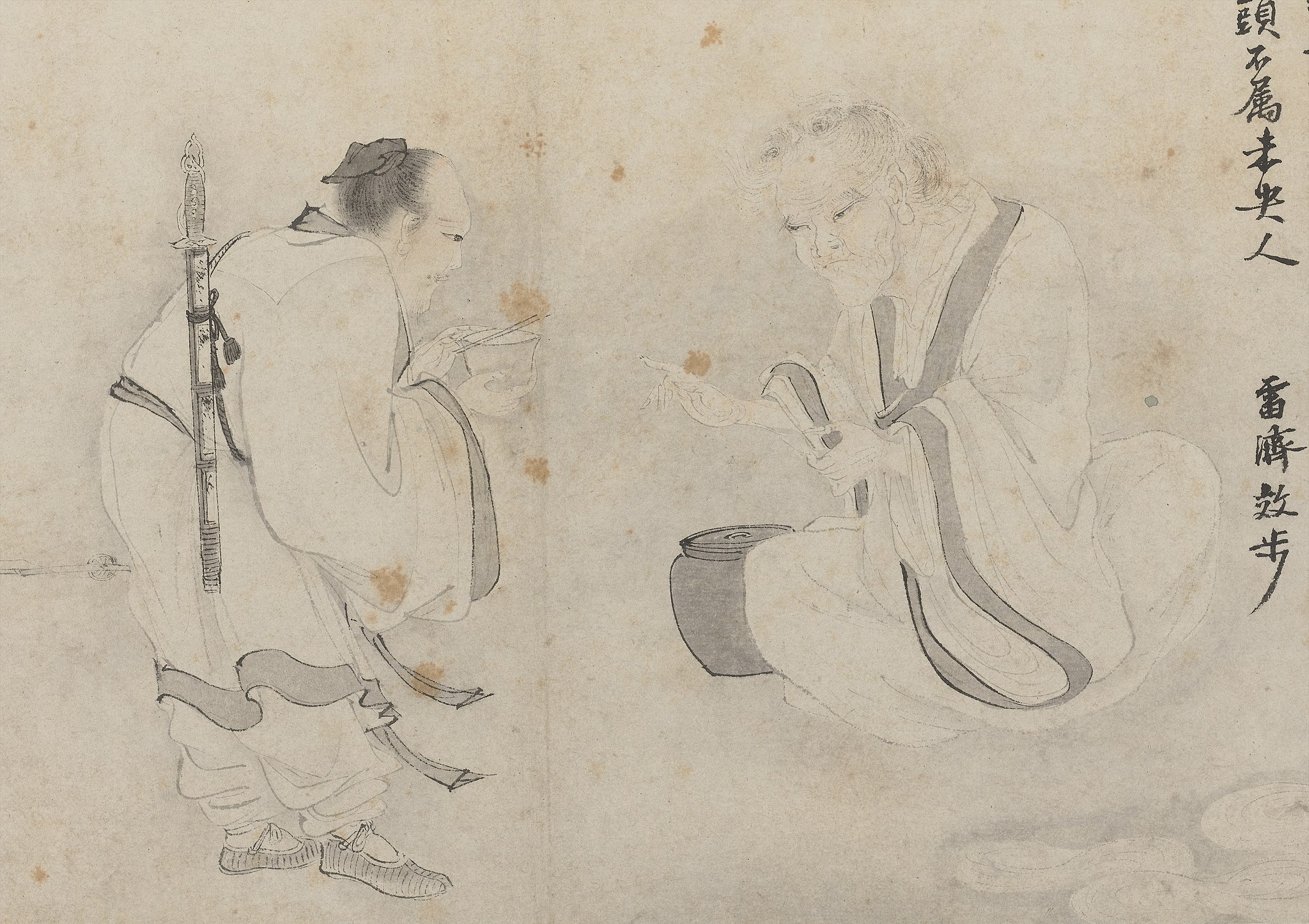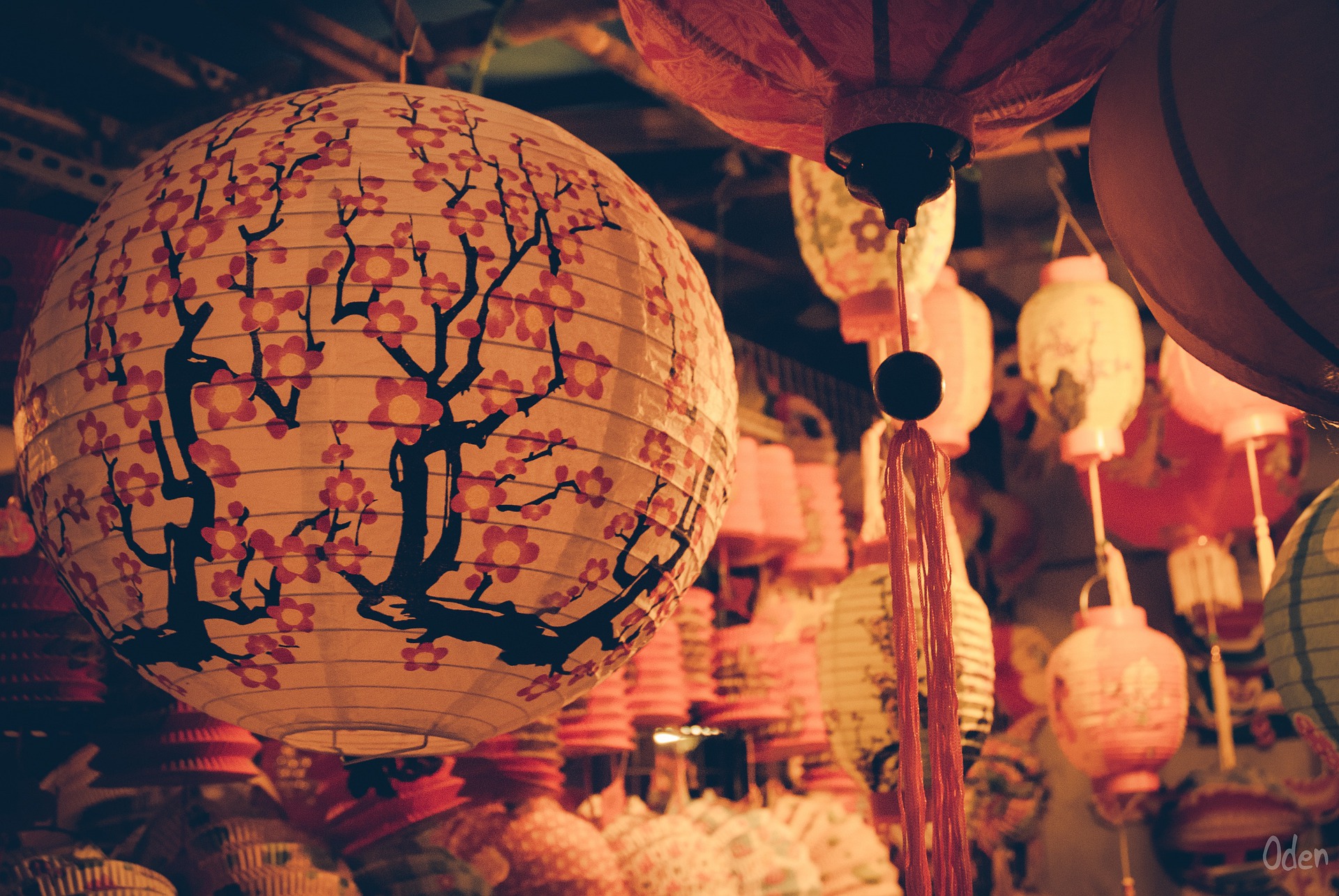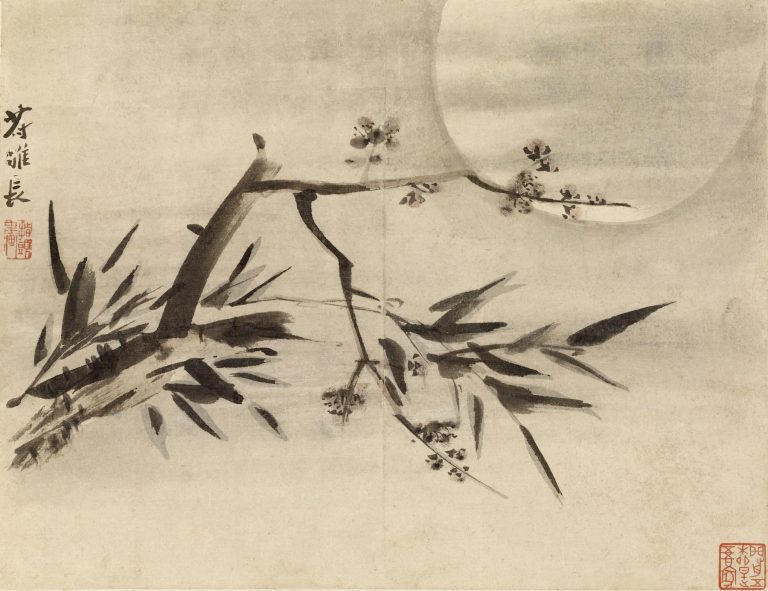Each year Chinese people — especially those who live far from home — make notorious efforts to reunite with their families and gaze up at the sky. Mid-Autumn Festival is a time for traditions like rich and decorative pastries, colorful paper lanterns, celebrated myths and more.
The holiday is celebrated on the 15th day of the eighth month of the Chinese lunar calendar, right in the middle of the autumn season. This year it falls on September 10 of our Gregorian calendar.
Since ancient times, this has been an occasion for families to feast together and express gratitude to divine beings for the summer harvest. Since the festivity is commemorated according to the lunar calendar, a full moon always decorates the sky, so the holiday is also known as the “Moon Festival.”
A virtuous origin
While many legends offer colorful explanations for the origin of the Mid-Autumn Festival, historical records allude to this time of year as an occasion for emperors to pay respect to the Heavens.
Following the deeply-rooted self-cultivation principles of traditional Chinese culture, emperors used to worship the moon on the September equinox, trying to find fault within themselves and asking the heavens to guide them to become more virtuous rulers. After receiving an answer from the Divine, the ruler would strive to correct his shortcomings and become worthy of the title tian zi (天子), the Son of Heaven.

Three core values
Success
You are now signed up for our newsletter
Success
Check your email to complete sign up
The Mid-Autumn Festival has deep significance for the Chinese, as it celebrates three of the most important values of traditional Chinese culture: family, gratitude and respect for the heavens.
Reuniting with family
In ancient China, the family was the pillar of society. According to Confucius, the family was the most important social group and devotion to it made a society harmonious and strong. For those who had to travel to fulfill their duties to the nation, the Mid-Autumn festival was an opportunity to return home and reunite with loved ones.
As people would eat together forming full circles, the roundness of the full moon became a symbol of reunion. Its fullness represented the completeness of the family, with all of its members gathered together.
Gratitude – a virtue and a duty
After reaping a good fall harvest, people would take the Mid-Autumn Festival as an opportunity to express their gratitude to Divine beings.
According to Confucius, human beings are the recipients of countless blessings. He explained that humans receive an endowment from Heaven and Earth that includes not only their physical bodies but also a sense of morality of conscience.
The wise philosopher pointed out how Heaven and Earth naturally nourish all lives without expecting anything in return, stressing our duty to live in gratitude and seek every possible opportunity to pay tribute to Heaven and Earth.

Paying respects to heaven
Up until recent history, the Chinese were always deeply spiritual. Although the communist regime established atheism as the new philosophical foundation when it took power in China in 1949, bringing their divine culture to the verge of extinction, it is gradually being revived today.
As part of their belief in the Divine, the ancients performed ceremonies to pay their respects to Heaven. Empress Dowager Cixi of the Qing Dynasty, is especially remembered for spending five full days each year staging elaborate moon-worship rituals.
Myths and legends began to emerge, and prayers were sent to the moon, asking the deities for peace and good fortune. Chang’e, the Goddess of the Moon, is highly regarded, with the tale of how she landed on the moon symbolizing the loyalty and eternal love between husband and wife.
Traditional ways to celebrate
Sharing a meal with family:
For the Chinese, the moon represents togetherness, so cooking together and having a big feast with family and friends is part of the ritual.
Yuebing (月餅), or “mooncakes,” are the star dish of the celebration. These dense, sweet pastries are typically round and symbolize both the feeling of being complete — or reunited — and the sweetness of being with family.
In keeping with the harvest menu, pumpkins, sweet potatoes, walnuts, chestnuts, taro and mushrooms are part of most traditional dishes, along with pork, duck and crabs — which are tastiest during autumn.
Appreciating the full moon
The mid-autumn moon is said to be the brightest and most beautiful. In ancient times, scholars took time to marvel at the splendor of the full moon and unite with nature while experiencing its beauty in the night sky, as expressed in the moving verses of the poet Su Shi (蘇軾):
今夕是何年 (What year it is tonight)
我欲乘风归去 (I long to fly on the wind)
又恐琼楼玉宇 (Yet dread those crystal towers, those courts of jade)
高处不胜寒 (Freezing to death among those icy heights)
何似在人间 (Instead I rise to dance with my pale shadow)
起舞弄清影 (It’s not like being on earth)
These days, Chinese may set tables and chairs in the lantern-decorated streets outside their homes to get a good view of the moon. Others go so far as to spend the night on their rooftops, where the moon may look even brighter.
Elders enchant youngsters by retelling the divine origin of the celebration, and parents narrate the magical legend of Chang’e flying to the moon. Children are seen gazing into the sky, striving to find the shape of the goddess — or her friend the Jade Rabbit.
Making offerings to the moon goddess
Legend has it that when Hou Yi, husband of the moon goddess, understood that he was destined to live without his wife on Earth, he started to set up altars to the moon, making offerings of his wife’s favorite food.
Seeing the devotion of Hou, others began to adopt the ritual, offering food and incense to Chang’e and asking her for protection.
The tradition has survived to this day, with believers in Chang’e setting tables with snacks and candles under the moonlight and praying that she will fulfill their wishes.
Crafting and hanging lanterns
Handmade lanterns of all sizes and shapes are carried and hung by those who partake in the celebration. Exhibiting creative designs, lanterns symbolize the light on the path to prosperity and good fortune, as well as the joy of coming together. Engaging riddles may be printed on the lanterns, making the festival more lively.

Lanterns are usually hung in trees or houses. Some people carry them around as they gaze at the moon, while others release them into the sky. This colorful tradition has been part of the festival since the prosperous Tang Dynasty and is an essential component of the celebration today.
READ ALSO:














